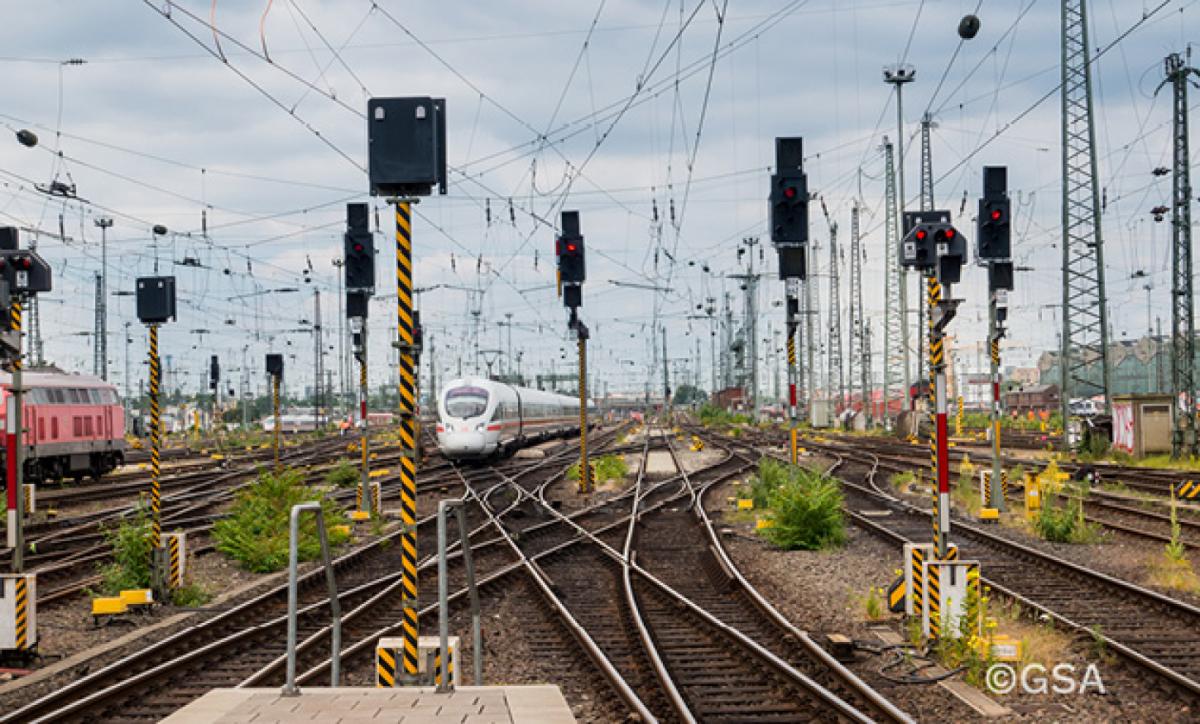The European Commission’s Directorate-General for Internal Market, Industry, Entrepreneurship and SMEs (DG GROW) has issued an Invitation To Tender (ITT) for a planned call for a new service contract to assess the feasibility of an EGNSS-based safety service for the rail sector beyond 2022 which would enable the rationalisation of rail signalling infrastructure.

What integrity concept for the rail sector based on EGNSS would enable rationalising the current rail signalling infrastructure?
The main tasks of the study are the identification of user and service requirements, the development of an appropriate integrity concept and the definition of the service provision scheme. As part of the user level integrity concept, the contractor shall develop an algorithm to cope with the local environment of the rail sector.
When defining the service, the contractor shall produce the service concept and consolidate it through iteration with a Working Group of experts. The analysis will enable the EC to determine whether a European rail safety service based on EGNOS and Galileo needs to be created specifically to enable the rationalisation of the current rail signalling infrastructure.
More information about the Invitation to Tender (ITT) can be found here.
European GNSS in ERTMS
Rail signalling systems are used to safely control railway traffic in order to prevent train collisions. There are currently more than 20 rail signalling systems in Europe, since each country has developed its own railway infrastructure, equipment and operational rules. This has led to increased costs and technical and operational complexity of the train sets. This is why the European rail industry, supported by the EU Institutions, is working on the European Rail Traffic Management System (ERTMS), with an aim to implement a common signalling system for Europe.
Read this: GNSS and the future of rail.
The European Commission (EC) is currently specifying the long-term evolution of the EGNSS programme, including new services for Galileo and EGNOS. The use of an EGNSS receiver in combination with other sensors could provide an accurate and reliable position which would translate into the overall improvement of the rail system.
Galileo is Europe’s Global Navigation Satellite System (GNSS) providing a highly accurate, guaranteed global positioning service under civilian control. Galileo has been operational since the Initial Service declaration at the end of 2016. Full Operational Capability is expected to be reached in 2020.
EGNOS is the European SBAS and augments GPS L1 C/A civilian signal by providing corrections and integrity information for positioning and navigation applications over Europe. EGNOS Version 3, set to enter into service in the near future, will augment both GPS and Galileo constellations in the L1 and L5 bands and will extend the service area to the entire landmasses of EU Member States.
Media note: This feature can be republished without charge provided the European GNSS Agency (GSA) is acknowledged as the source at the top or the bottom of the story. You must request permission before you use any of the photographs on the site. If you republish, we would be grateful if you could link back to the GSA website (http://www.gsa.europa.eu).